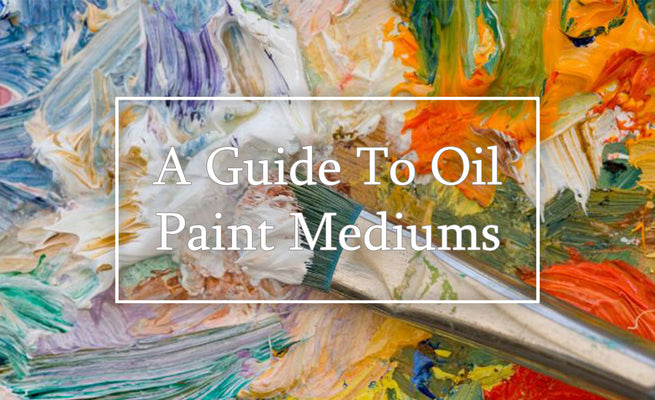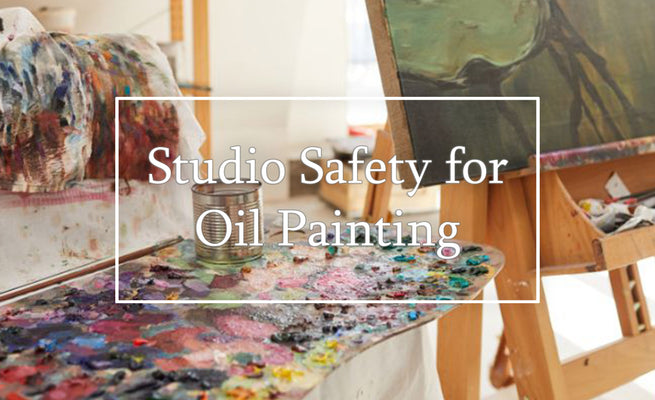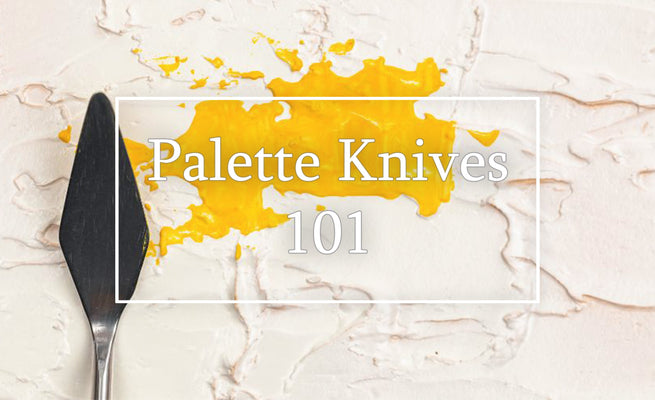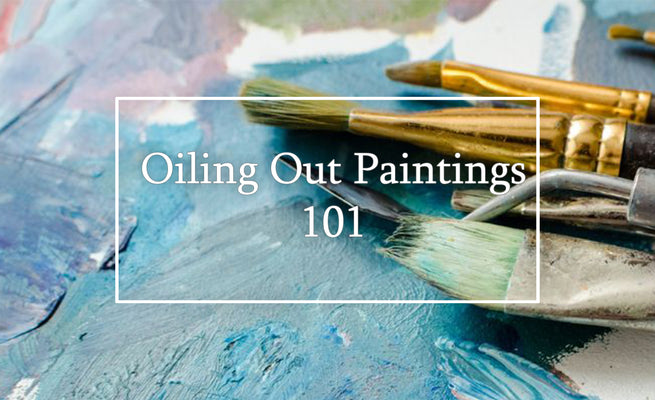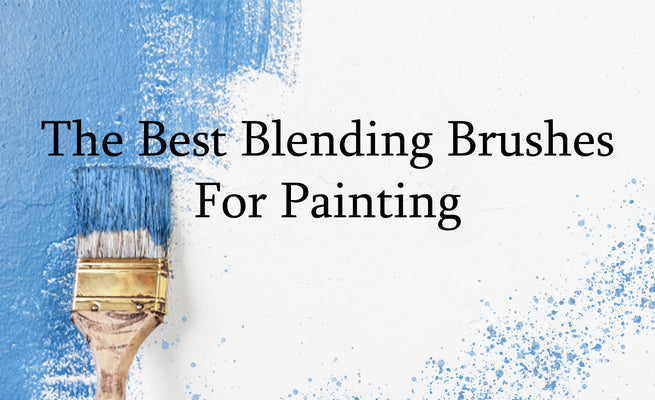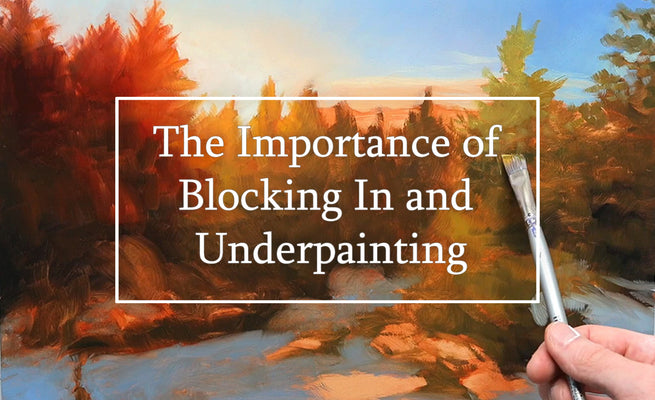Landscape painting is an exciting way for anyone wishing to exploring their creative side. Over the years as I've studied oils and acrylics, I've stumbled upon some valuable tips and techniques that I would like to share with fellow artists who are just starting out with landscapes. In this article we'll talk about colors, textures, and perspectives, and offer insights that will help you on your way to creating stunning landscapes.

Note: This blog contains affiliate links and purchasing through them supports our site at no extra cost to you.
What is landscape painting?
Landscape painting is art that focuses on depicting outdoor scenery, such as natural landscapes, seascapes, or even urban cityscapes. It captures the beauty, mood, and essence of the environment, often showcasing elements like mountains, rivers, trees, and skies. Landscape painting has been a popular subject throughout art history and continues to be admired for its ability to evoke a sense of tranquility and connection to nature.

What styles of landscape painting are there?
There are various styles of landscape painting that have emerged throughout the years. Some notable styles include realism, impressionism, expressionism, and abstract. Realism focuses on capturing landscapes with meticulous detail and accuracy, while impressionism attempts to capture the fleeting effects of light and atmosphere. Expressionism explores the more emotional and subjective interpretations of landscapes, while abstract styles deconstruct and distort visual elements to convey the essence or mood of the scenery.
What are the basic rules of landscape painting?
When it comes to landscape painting, there are a few basic rules to keep in mind. First, consider the rule of thirds, which involves dividing the canvas into a grid and placing key elements along the gridlines or at their intersections for a balanced composition. Next, create depth and perspective by using techniques like overlapping, diminishing size, and atmospheric perspective. Finally, pay attention to the play of light and shadow, as this is a way to add dimension and realism to the painting. By following these basics, you can enhance the visual impact that your landscape paintings have with your viewers.

What are some tips for painting landscapes?
Looking for tips on painting landscapes? After you get some of the basics of painting landscapes down, here are some helpful tips and suggestions I have that can improve your artwork:
1. Get Outside and Experience Nature
The first step might be more of an obvious one, but I can't stress enough that in order to create captivating landscape paintings, the secret is to immerse yourself in nature as much as possible. Take long walks, hike through forests, explore serene beaches, or simply sit in a park. Observe light and shadow, the vibrant colors, and the unique textures. Let nature be your guide and find inspiration in its infinite beauty. I think that plein air painting can be a vital part of this if you wish to be a little more adventurous.

2. Keep it Simple
When you're just beginning your painting endeavor, it's good to keep it simple. Invest in a basic set of artist-grade paints, brushes, and canvases. Acrylics and oils are popular choices for landscape painting, but don't be afraid to experiment with watercolors as well. I can't tell you enough how important it was for me early on to experiment with all sorts of different art materials and mediums. This experimenting helped me determine what works best for me as an individual and accelerated my artwork in the years thereafter. That being said, don't overwhelm yourself with many many colors and brushes. What I mean by this all is to try different things, but buy the minimum required for you to test it out.

3. Work on Your Sketching
Before diving into a complex painting, practice sketching. Sketching allows you to plan your composition and get it right the first time. You want to avoid making mistakes once you begin with paint and sketching is how you do that effectively. It also helps in understanding the relationship between foreground, middle ground, and background elements. I'll even sketch with my paints as well using a color like burnt sienna and watering it down or thinning it down to make a wash. I'll sketch with my brush like a pencil and work out my idea right on the canvas before I switch to color.
4. Study Color
Color plays a crucial role in painting landscapes. Learn about color theory and the color wheel and experiment with mixing various hues. The sky isn't always just blue, and grass isn't just green. Studying the subtle color variations in nature and how you can replicate them in your work is vital!

5. Create Depth with Layers
To give your landscapes depth and avoid making mistakes, try working in layers. Learn about underpaintings and why artists do them. Many many layers isn't required, but some layering in the beginning can go a long way in adding richness and complexity to your artwork.

6. Ask for Constructive Criticism
As a beginner painter, it's crucial to seek feedback and constructive criticism. Join local art groups, attend workshops, artist discords, or share your work with fellow artists online which honestly nowadays is probably the most practical way. Getting tough feedback will help you grow as an artist and improve your techniques far more quickly than going at it solely on your own.

7. Patience and Persistence
This one I had to include just because it's simply the truth. Landscape painting is a journey that requires years of dedication and hard work in order to perfect it. Don't be frustrated by initial setbacks or poor results. Celebrate the progress you make with each painting and embrace the learning process. It's so hard for me to see progress from painting to painting, but looking back at paintings I did years ago and comparing them to my work helps me see the progress I've made. This is a personal endeavor and patience in it all is very important. Keep practicing, experimenting, and exploring new techniques.

Getting started with landscape painting can be fun, but also challenging. By finding inspiration in nature, working through the basics, and remaining persistent, you can bring the beauty of landscapes to life on your canvas. Remember, every stroke of the brush is an opportunity to learn, grow, and create something truly unique. So, pick up your brushes, step into nature, and let your imagination flow.



